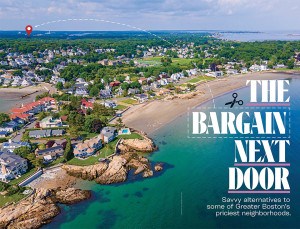Harvard's Online Classes Sound Pretty Popular
Harvard announced that around 100,000 people signed up for its first two online courses offered through the edX program it runs with Berkeley and MIT. That’s a lot of people, but the more relevant figure might be the number of people who end up completing the courses. In his piece on edX for the September issue of the magazine, Chris Vogel described one fear about a free online education movement at large:
Martinez and other critics believe that many students need the requirement of showing up for class or the weight of paying a significant amount of money to compel them to do the work. So far, their fears appear justified—online course completion rates have been low. When Coursera, one of the initiatives that came out of Stanford, offered a machine learning class last fall, 104,000 people signed up, but only 13,000, or 12.5 percent, received a certificate of completion. MIT fared even worse. Of the 154,763 students who took the Institute’s electrical circuits course, only 4.6 percent earned a certificate. The rest either dropped out or didn’t pass. (Another way to interpret these numbers is that more than 7,000 people did complete and pass the course—50 percent more than MIT’s entire undergraduate enrollment.)
Harvard’s enrollment numbers show that curiosity and demand remain high. Its two courses will teach computer science and epidemiology to all those who signed up for free. University Provost Alan Garber told the Globe that the organization is still figuring out ways to grade huge numbers of assignments for more qualitative courses in the humanities, and with enrollment numbers like these, that issue seems especially daunting.


